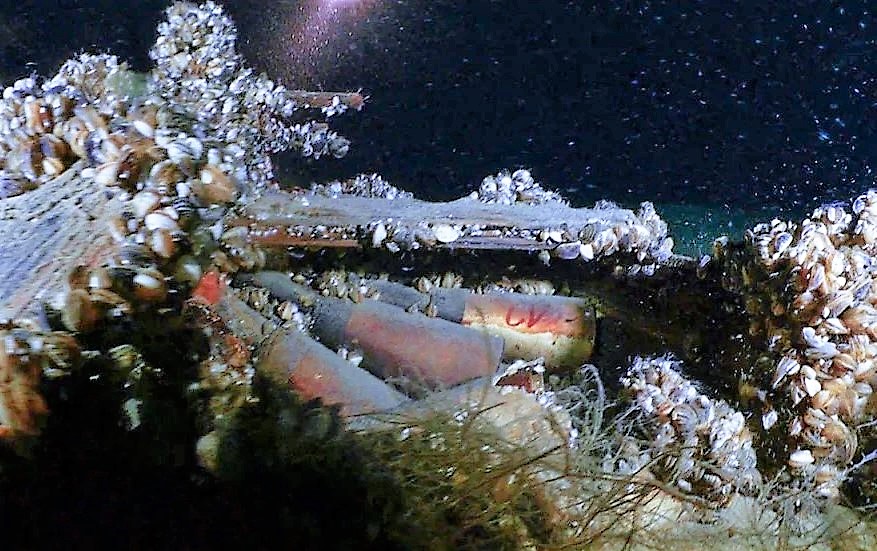Munitions dropped into the ocean during military operations, such as naval combat and mine warfare, make up a small percentage of the total military materiel in the seas and oceans. Until 1975, when the London Convention prohibited the dumping of old conventional and chemical weapons into the water. Massive volumes of obsolete conventional and chemical munitions were discharged into the sea. Maritime employees, as well as the environment, are at risk from such weapons. Toxic breakdown products from corroding shells are released into sediments and bottom water. Unlike other pollutants, they cannot be controlled by land-based methods. Only by removing the source of contamination can the contamination be reduced.
Munitions Dumped in Lac Léman
The munitions tale begins at the conclusion of WWII. When Switzerland was faced with a massive stockpile of unneeded weapons and ammunition. The concept of burying piles of old hazardous ordinance in Swiss lakes to dispose of it soon gained traction. The ammunition dumps in Lac Léman were not only carried out directly by the army. But also by a private company, Hispano-Suiza, whose factory in Geneva had produced munitions during the war.

Years ago, munitions were dumped into Lac Léman, prompting recent concerns. Between 2002 and 2004, the cantonal authorities and the defense ministry examined the case. Revealing the kind of weapons dropped but not their specific locations. They came to the conclusion that the issue was under control since the explosives were buried beneath sediment and the drinking water quality had not been harmed. However, in last November, four damaged and open crates were located at a depth of 50 meters, roughly 150 meters from a pipeline and a drinking water sensor.
Ammunition boxes discovered are not buried under sediment, but at the lake’s bottom. They’ve been gutted in the majority of cases. Shells and explosives of various types are fairly easy to recognize.
FSF-IHCE CBRNE and Mine Risk department believes that these munitions pose a serious threat to both people and the environment. In addition, arsenic, cyanide, and carcinogenic compounds linked with explosions may be present in ammunition. These contaminates our lakes, putting human life and aquatic animals at risk.
